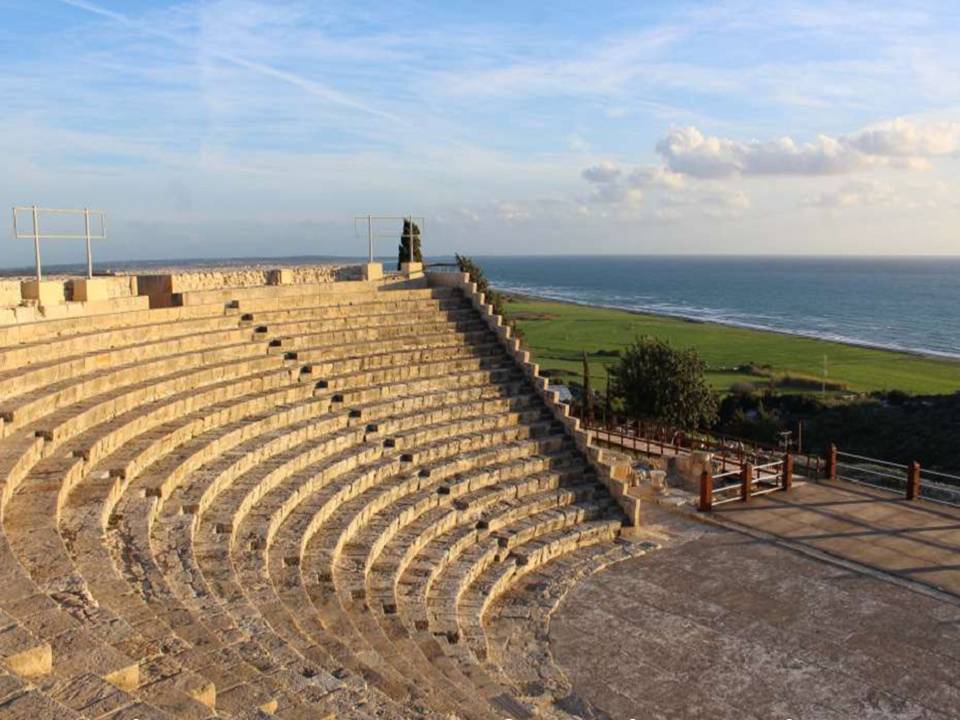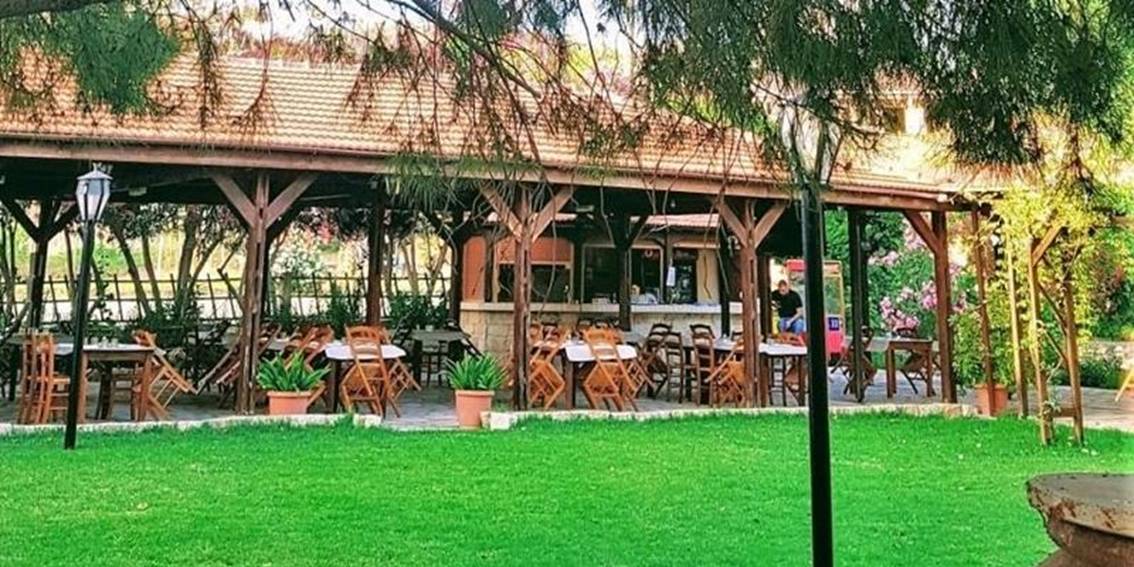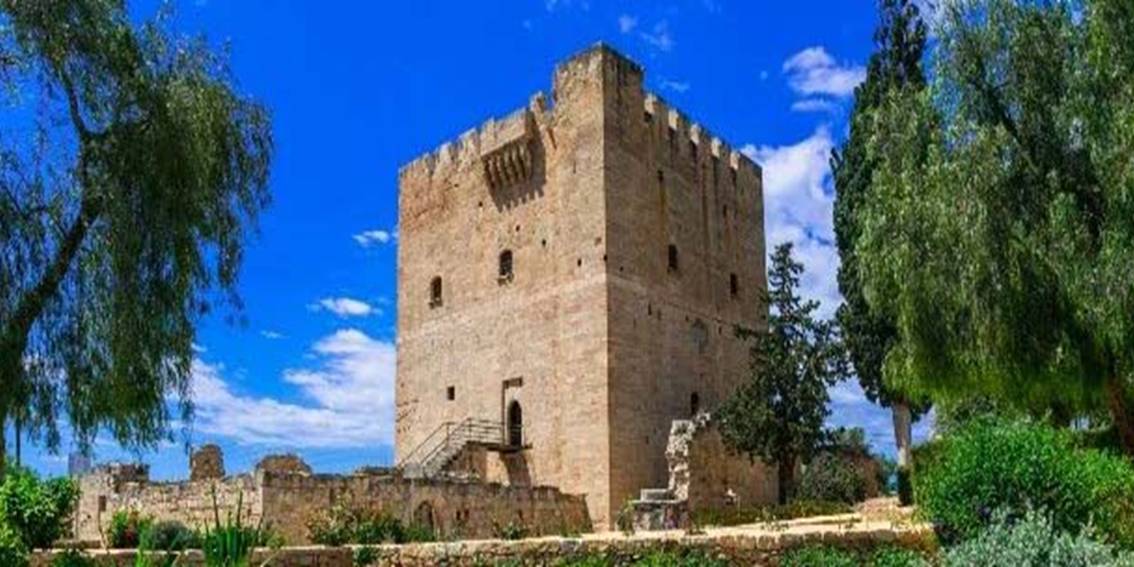Constructed in the 2nd Century BC
The Curium Ancient Theatre, perched on a cliff overlooking the Mediterranean Sea near Limassol in Cyprus, offers a captivating journey into the island’s classical past. Constructed in the 2nd century BC during the Hellenistic period, this theatre stands as one of the finest examples of ancient Greek architecture and serves as a testament to the rich cultural and artistic heritage of ancient Cyprus.
The city-kingdom of Curium, known as Kourion in Greek, thrived as a significant urban centre in antiquity. The theatre, centrally located within the city, became the heart of Curium’s cultural life. Ancient Greeks and later Romans used it for various public performances, including theatrical plays, musical concerts, and gladiatorial contests. The site’s stunning location, with its backdrop of the azure sea, added to the allure and experience for both performers and audiences.
Built Into the Natural Slope of the Hillside
The theatre’s construction showcases the architectural ingenuity of the ancient Greeks. Built into the natural slope of the hillside, the semi-circular structure could accommodate around 3,500 spectators. The design ensured excellent acoustics, allowing actors’ voices to reach the top rows without amplification. The theatre’s layout consists of three main sections: the cavea (seating area), the orchestra (circular performance space), and the skene (stage building). Stone seats, arranged in tiers, provided unobstructed views of the performances and the surrounding landscape.

Curium Theatre under Roman Rule
Under Roman rule, the theatre underwent significant renovations and expansions in the 2nd century AD. The Romans enhanced the stage area, adding decorative elements and statues that reflected their architectural style. These modifications underscored the theatre’s continued importance and its adaptation to changing cultural tastes and performance styles.
Excavations at Curium
Excavations at Curium, beginning in the 19th century and continuing through the 20th century, revealed the theatre’s impressive remains. Archaeologists uncovered not only the structural elements but also various artefacts, including pottery, inscriptions, and sculptures. These discoveries offer insights into the daily life, artistic practices, and social dynamics of ancient Curium.
The Ancient Curium Theatre Today
Today, visitors to the Curium Ancient Theatre can explore its well-preserved ruins and imagine the vibrant performances that once took place there. Walking through the ancient seating rows and standing on the stage evokes a sense of connection to the past. Informative signs and guided tours provide historical context, enhancing the visitor experience and understanding of the site’s significance.
The Curium Ancient Theatre continues to serve as a venue for cultural events, bridging the gap between antiquity and the present. During the summer months, the theatre hosts

various performances, including plays, concerts, and dance shows, attracting both locals and tourists. These events, set against the historic backdrop, offer a unique blend of ancient tradition and contemporary culture.
A Symbol of Cyprus’s Enduring Cultural Legacy
The Curium Ancient Theatre stands as a symbol of Cyprus’s enduring cultural legacy. Its architectural brilliance, historical significance, and continued use as a performance venue highlight the island’s rich heritage. By visiting Curium, one can experience the grandeur of ancient Greek and Roman civilization and appreciate the timeless beauty of this remarkable site. The theatre not only preserves the past but also inspires future generations to value and celebrate their cultural heritage.




